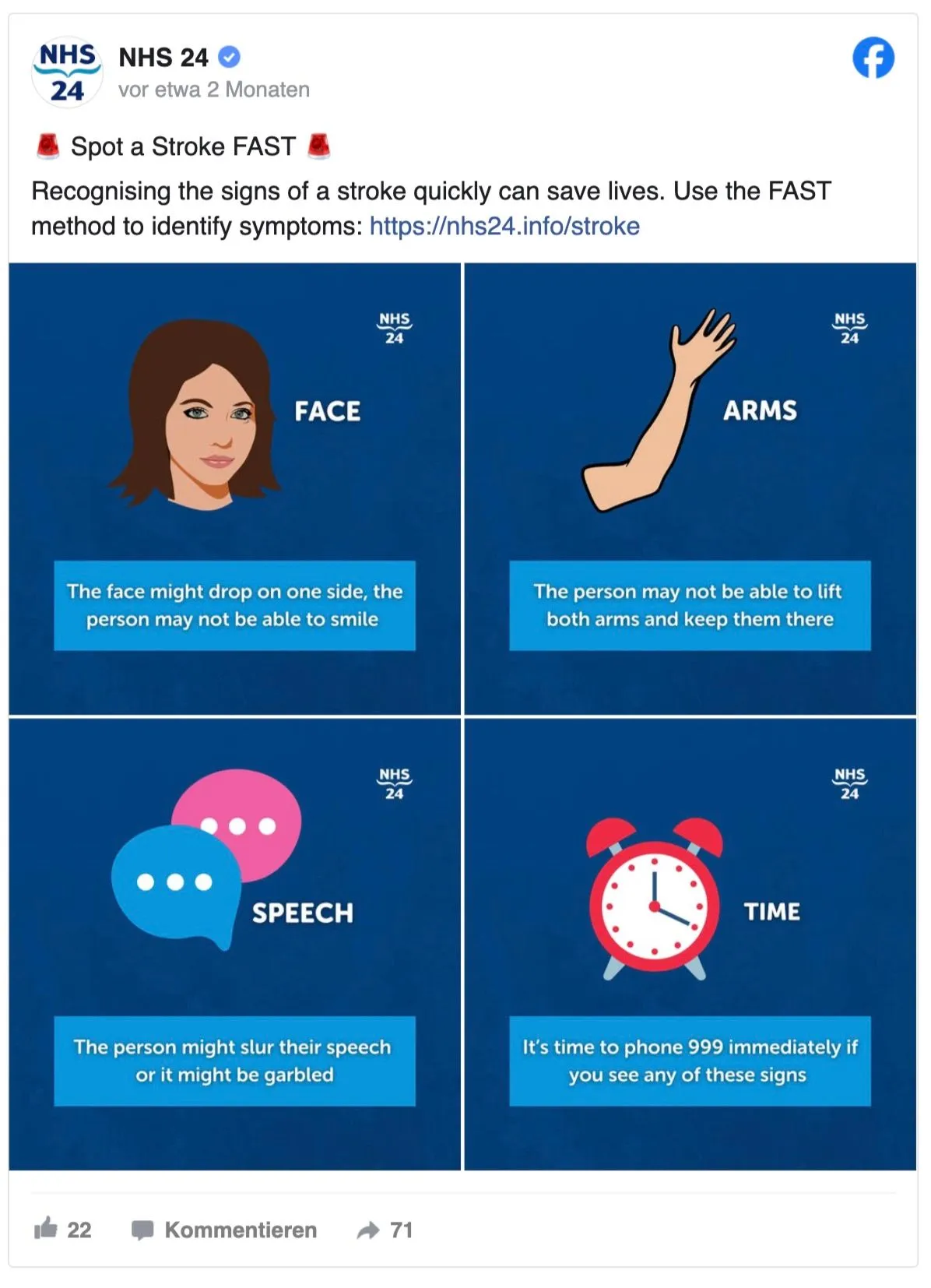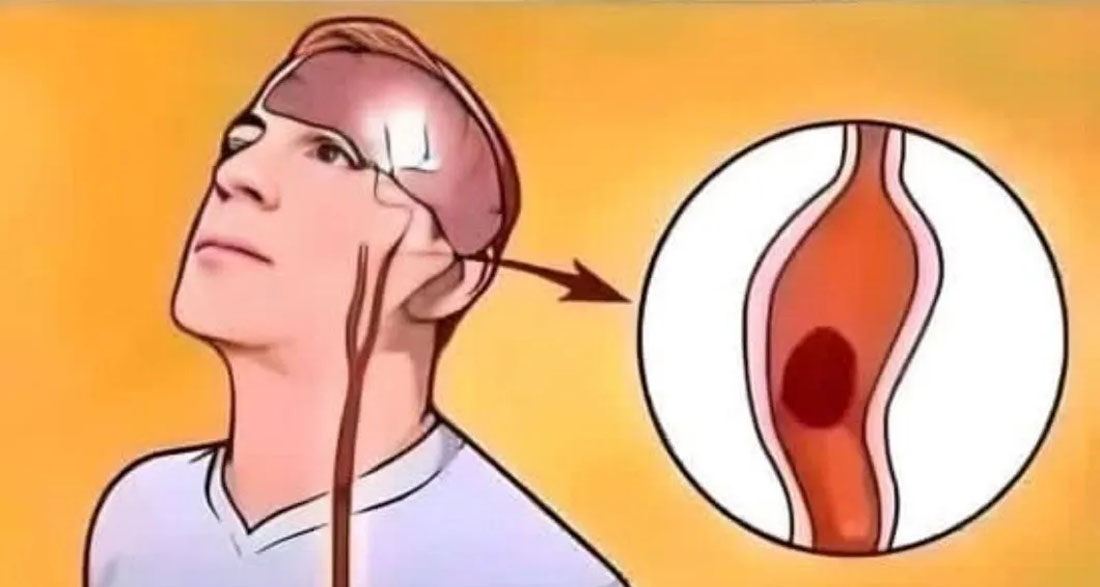Every second matters when it comes to strokes. Knowing the signs and acting quickly can save lives and help people recover more fully. If someone is having a stroke, getting help as soon as possible can make all the difference between life and death or severe disability.
A stroke happens when the brain’s blood flow gets interrupted. This could be because a blood vessel is blocked (called an ischemic stroke) or it bursts (called a hemorrhagic stroke).
When this happens, oxygen can’t get to the brain, and brain cells start dying in just minutes. Strokes can cause serious problems, like difficulty speaking, moving, or thinking clearly. But if you get medical help quickly, doctors can lessen these effects.
The Centers for Disease Control and Prevention (CDC) tells us that in the U.S., a stroke happens about once every 40 seconds. And sadly, someone dies from a stroke every 3 minutes and 11 seconds. But if we know what to look for and act fast, we can save lives.
Spotting a Stroke: The FAST Method
The Mayo Clinic says the easiest way to remember the signs of a stroke is with the FAST method. Here’s how it works:
- F – Face: Look at the person’s face. Does one side seem to droop or feel numb? Ask them to smile. If the smile is uneven, it could be a sign of a stroke.
- A – Arms: Ask the person to raise both arms. Does one arm drift downward or feel weak? This could mean a stroke is happening.
- S – Speech: Listen carefully to their speech. Is it slurred or hard to understand? Ask them to repeat a simple sentence like, “The sky is blue.” If they have trouble, it could be a stroke.
- T – Time: If any of these signs are there, even for a moment, call 911 right away. Time is critical!

Other Signs to Watch For
Besides the FAST signs, there are other warning signs of a stroke that you should be aware of:
- Sudden confusion: If the person is suddenly confused or has trouble speaking or understanding words, it could be a stroke.
- Vision issues: Sudden blurry vision, double vision, or losing vision in one or both eyes are also signs.
- Severe headache: A sudden, really bad headache, often with other symptoms, can mean a stroke is happening.
- Dizziness or balance problems: If the person is having trouble walking, feeling dizzy, or losing balance, it’s important to pay attention.
- Weakness or numbness: If one side of the body—especially the face, arm, or leg—feels weak or numb, it could be a sign of a stroke.
How to Lower Stroke Risk
Although not all strokes can be prevented, you can lower your risk by taking care of your health:
- Keep your blood pressure and cholesterol in check: Make sure they are at healthy levels.
- Exercise regularly: Staying active is good for your heart and brain.
- Avoid smoking: Smoking increases the chances of having a stroke.
- Limit alcohol: Drinking too much alcohol is also a risk factor.
- Control diabetes: If you have diabetes, make sure your blood sugar levels stay controlled.
- Know your family’s health history: If strokes run in your family, talk to your doctor about it.
Why Knowing About Strokes is So Important
Everyone is at risk of a stroke. While they’re more common in older adults, even younger people can have strokes, especially if they’re healthy in other ways.
- Saving lives: Knowing the signs can mean the difference between life and death. If you spot the signs in someone else, you could help save their life.
- Being ready for emergencies: If you know what to do, you can act quickly. You can give medical responders important information that could help change the outcome for the better.
Quick Action Makes All the Difference
The longer a stroke goes untreated, the more damage it can do to the brain. But if you spot the signs and get help quickly, you can change the outcome dramatically.
By staying educated and sharing this information, you can help others in an emergency. Recognizing the signs of a stroke and acting fast might be one of the most important decisions you ever make.
What do you think of the story? Share your thoughts in the comments below!






